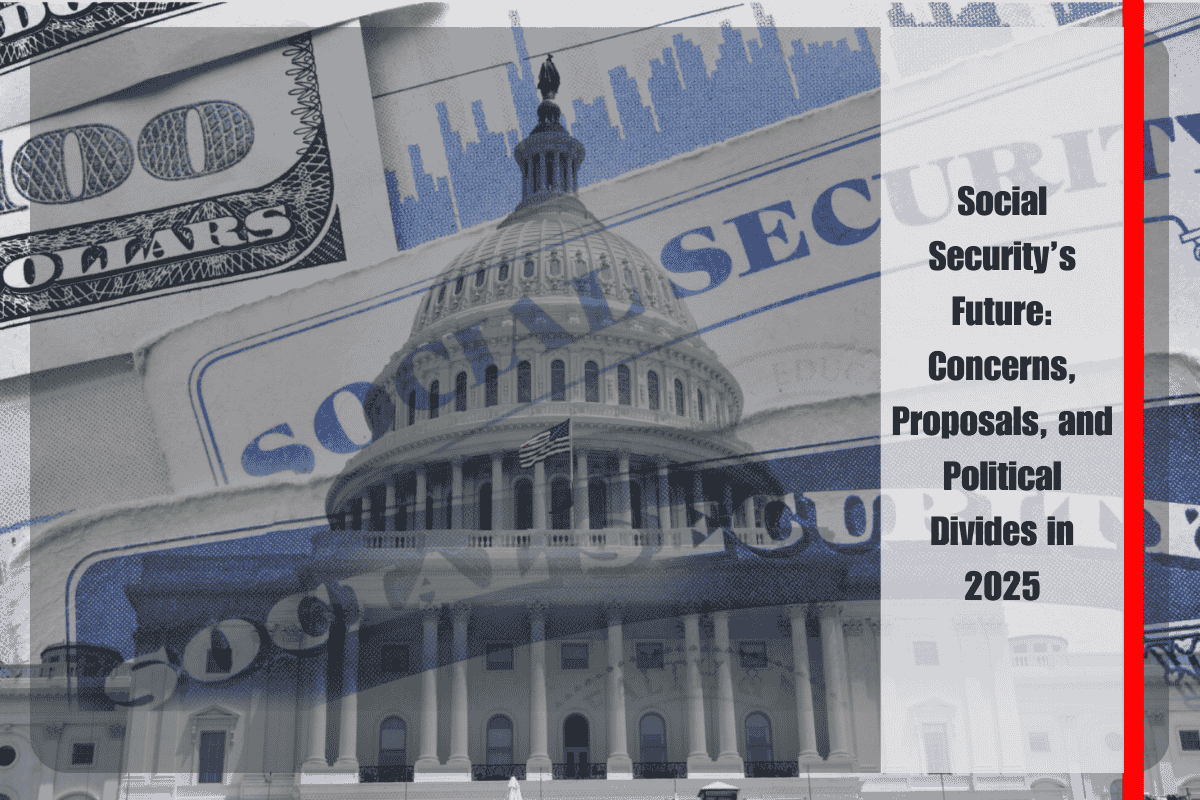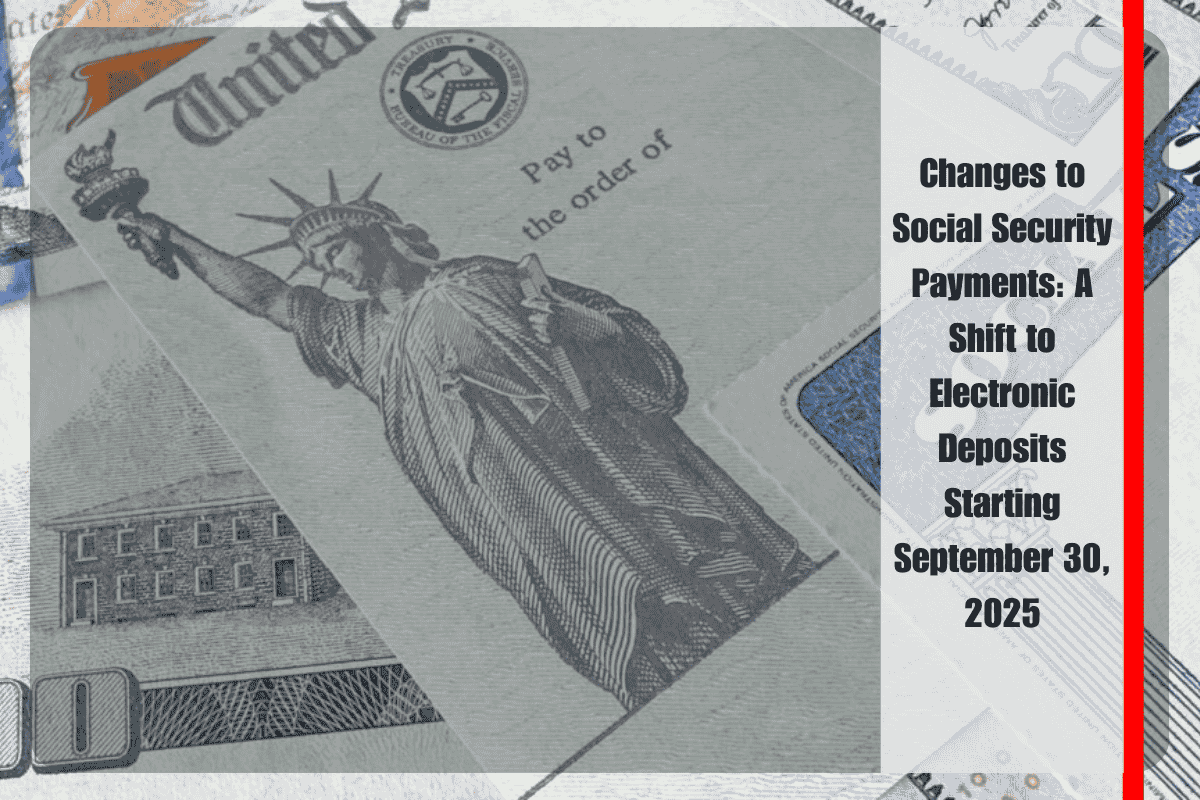Millions of Americans rely on Social Security benefits to support their daily needs. The Social Security Administration (SSA) has confirmed the distribution dates for retirement benefits in July 2025, and it’s essential for beneficiaries to understand the payment schedule, average benefit amounts, and updates to tax deductions. Here’s a breakdown of all the key information, including who will receive payments when and the impact of recent tax changes.
Social Security Payment Dates for July 2025
The payment dates for Social Security retirement benefits in July 2025 will be based on specific beneficiary factors. The first payments will be made on Thursday, July 3, for recipients who meet particular conditions. These include Supplemental Security Income (SSI) beneficiaries, individuals living outside the U.S., and those whose Medicare premiums are covered by their state. Additionally, retirees who started before May 1997 will receive their payments on this date. If a payment date falls on a holiday, the SSA will issue the payment on the preceding business day.
For other beneficiaries, payment dates will depend on birthdates. If your birthday falls between the 1st and 10th of the month, you’ll receive your payment on Wednesday, July 9. Beneficiaries born between the 11th and 20th will have their payments on Wednesday, July 16, while those born between the 21st and 31st will receive their payments on Wednesday, July 23. These four dates—July 3, 9, 16, and 23—comprise the full Social Security payment schedule for July 2025.
Average and Maximum Benefit Amounts for July 2025
The SSA’s most recent data, updated as of January 2025, shows that the average monthly payment for an individual retiree is $1,976. This figure reflects a 2.5% increase from the previous year, thanks to the annual Cost-of-Living Adjustment (COLA). For couples who both receive Social Security benefits, the combined average payment is $3,089 per month.
However, the amounts mentioned above are averages, and many recipients may receive more or less than these figures. The maximum possible benefit depends on several factors, including the age at which benefits are claimed and the individual’s earnings history.
How to Achieve the Maximum Benefit
The maximum Social Security benefit varies based on when you start receiving benefits. If you begin receiving benefits at the earliest eligible age of 62, the maximum amount you can receive is $2,831 per month in 2025. If you wait until your full retirement age (which for many is 67), the maximum benefit increases to $4,018 per month.
The highest possible monthly benefit of $5,108 is available to those who delay retirement until age 70. To qualify for this maximum benefit, you need to meet two important conditions: having a high earnings history for at least 35 years and delaying your retirement until age 70.
Reaching this $5,108 limit is rare and requires consistent high earnings that exceed the annual Social Security taxable maximum. In 2025, this threshold is $176,100. Delaying retirement until age 70 adds approximately 8% to your monthly benefits for every year you delay beyond your full retirement age.
As Kathie Forman, a retired veteran, explains, “In my circle, this variation is clear. Some receive close to the average, around $2,000. Others, like me, who started around 66, get intermediate amounts; my payment is about $3,800. And some who waited until 70 get over $5,000. It’s a complex personal decision: claim early with less, or wait longer but miss out on income in crucial years?”
Impact of Trump’s One Big Beautiful Bill Act (OBBBA) on Social Security Benefits
While the One Big Beautiful Bill Act (OBBBA), signed by Donald Trump, does not directly change Social Security benefits, it does affect the way Social Security benefits are taxed for many retirees. The act does not reduce monthly payments or change eligibility rules. Instead, it introduces an additional tax deduction for taxpayers over the age of 65. This deduction ranges from $6,000 for individual filers to $12,000 for couples.
This tax break aims to reduce the tax burden on beneficiaries, with about 88% of Social Security recipients expected to benefit. However, this deduction is not available to all income levels. For single filers, the deduction begins to phase out for those earning above $75,000, and for joint filers, it starts phasing out above $150,000. The deduction disappears entirely for incomes above $175,000 (single filers) or $250,000 (joint filers).
It’s important to note that this deduction is temporary. The OBBBA tax deduction will remain in effect from 2025 to 2028, after which it is scheduled to expire unless extended by future legislation.
The July 2025 Social Security retirement payments will follow a set schedule, with payments distributed based on the birthdates of recipients. With an average benefit of $1,976 and the possibility of earning up to $5,108 per month, understanding the payment schedule and how benefits are calculated is crucial. Additionally, the new tax deductions introduced by the OBBBA provide some relief for retirees, although they are subject to income limits and will expire in a few years. Be sure to stay informed about your Social Security benefits and the impact of these changes to maximize your financial security.












